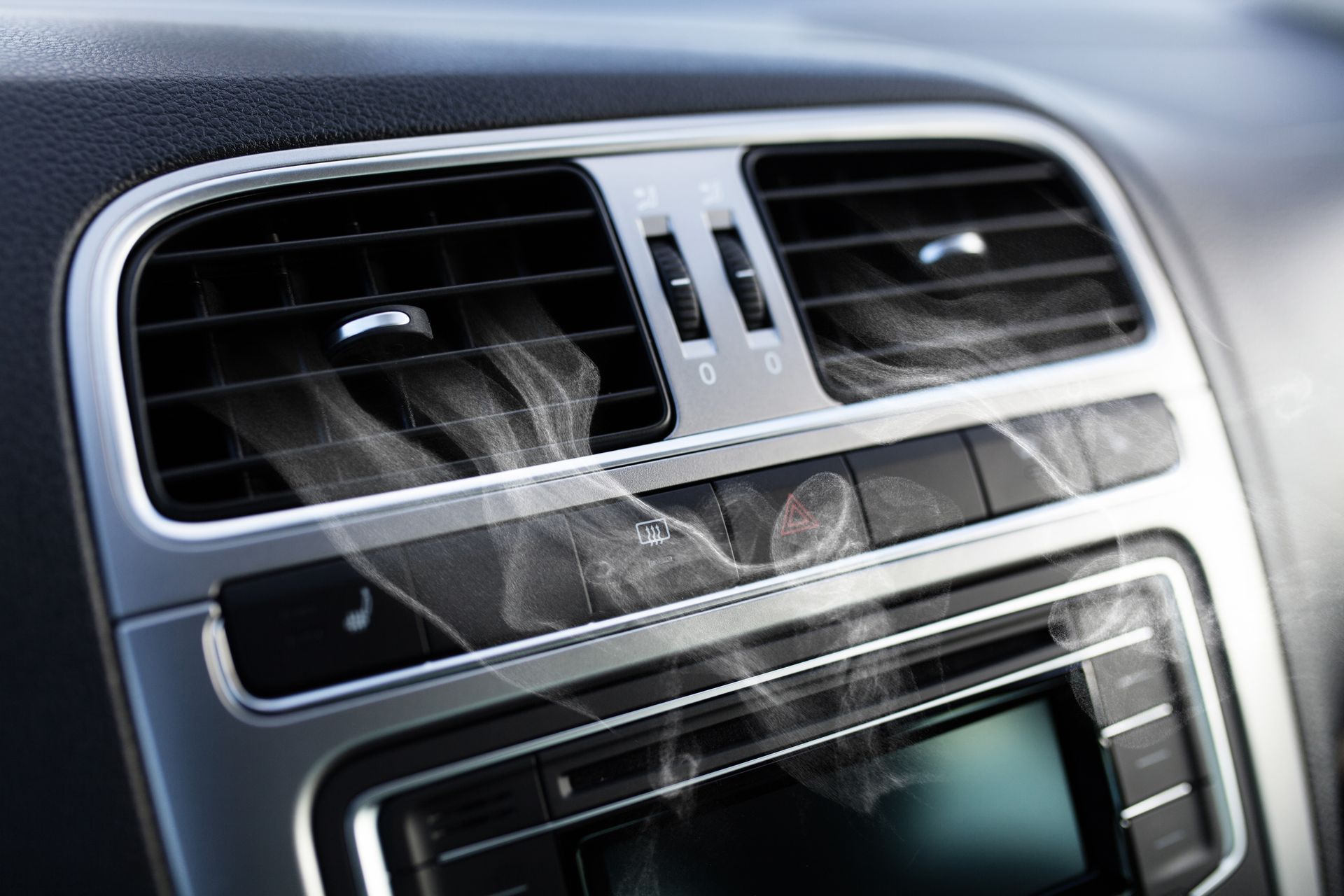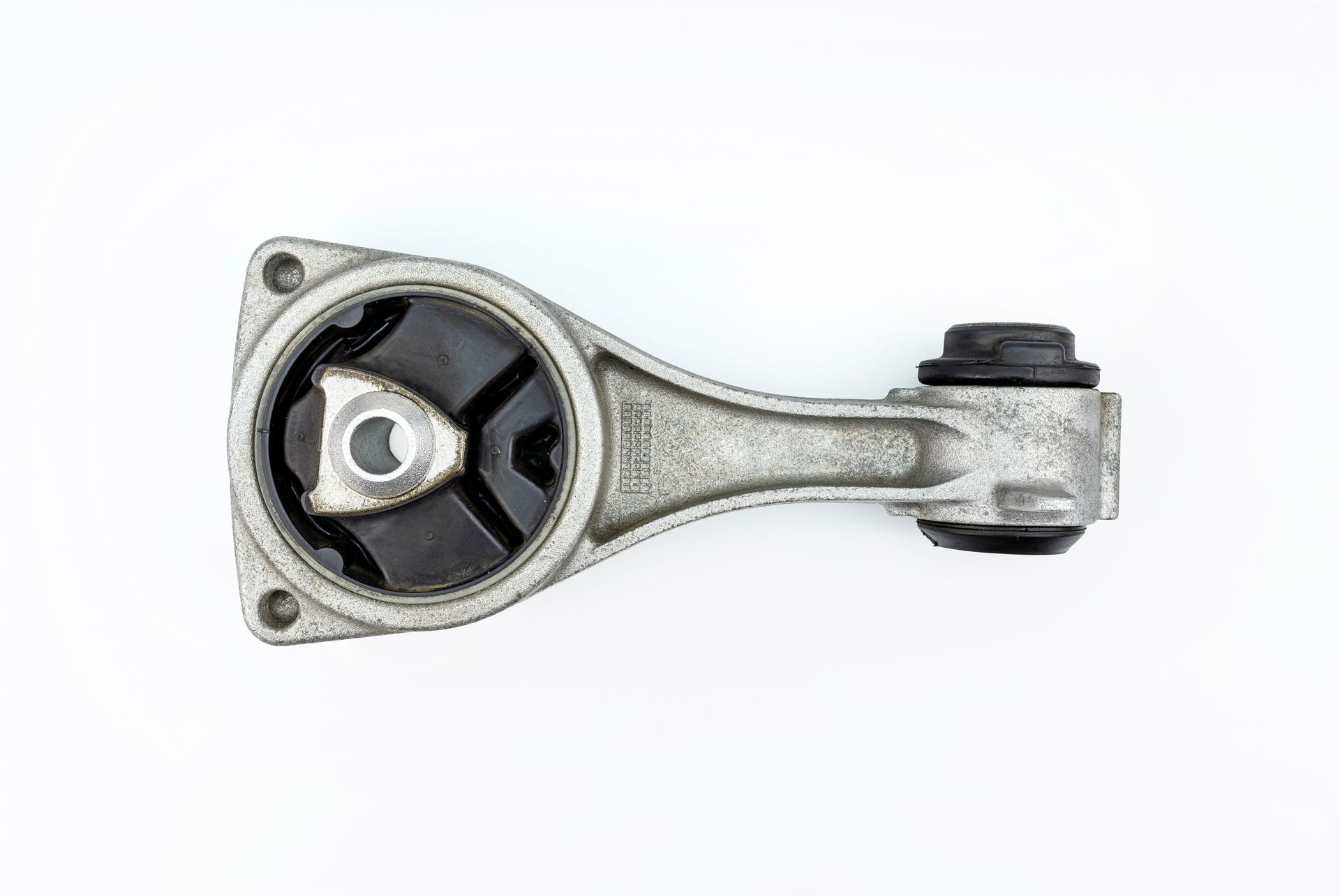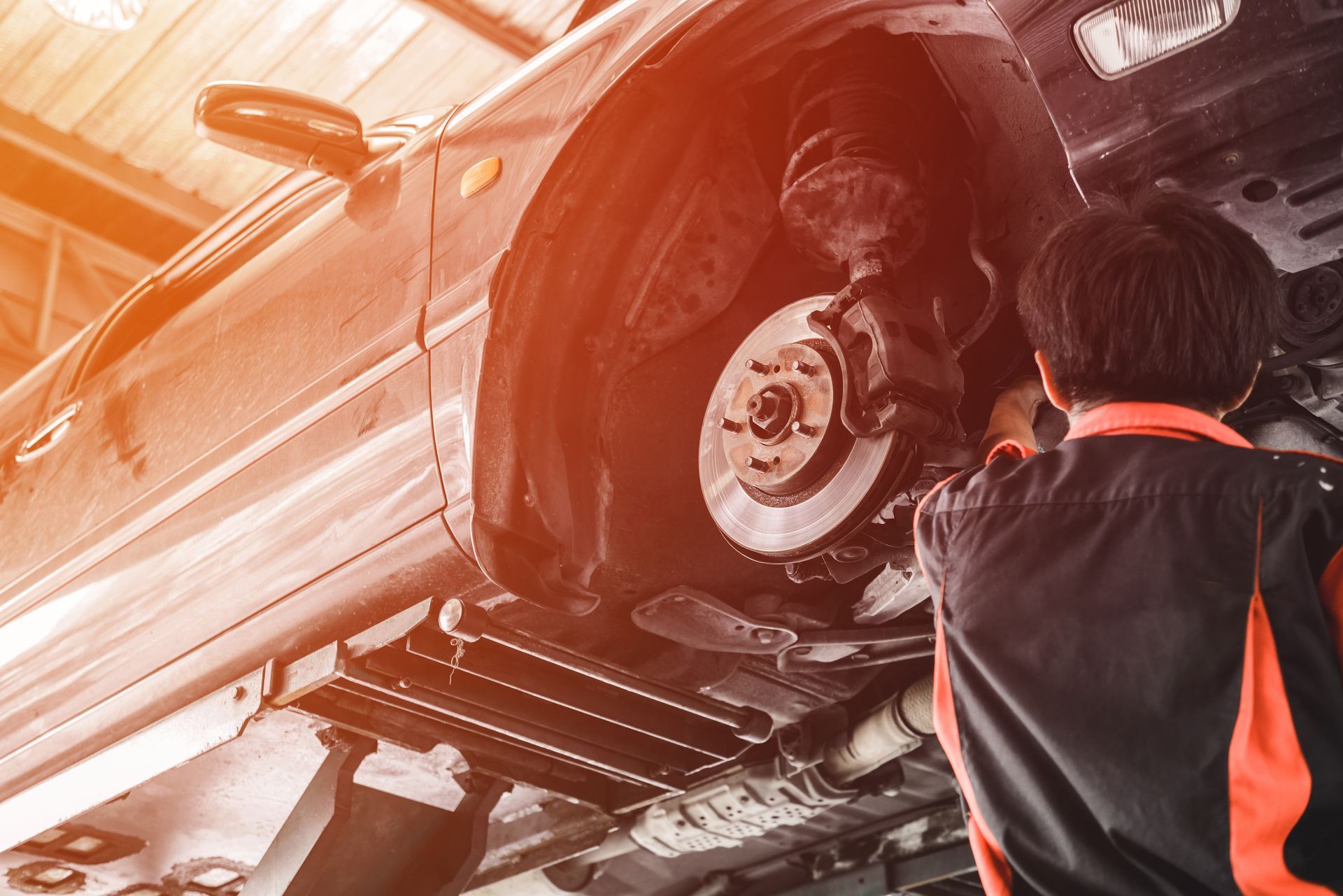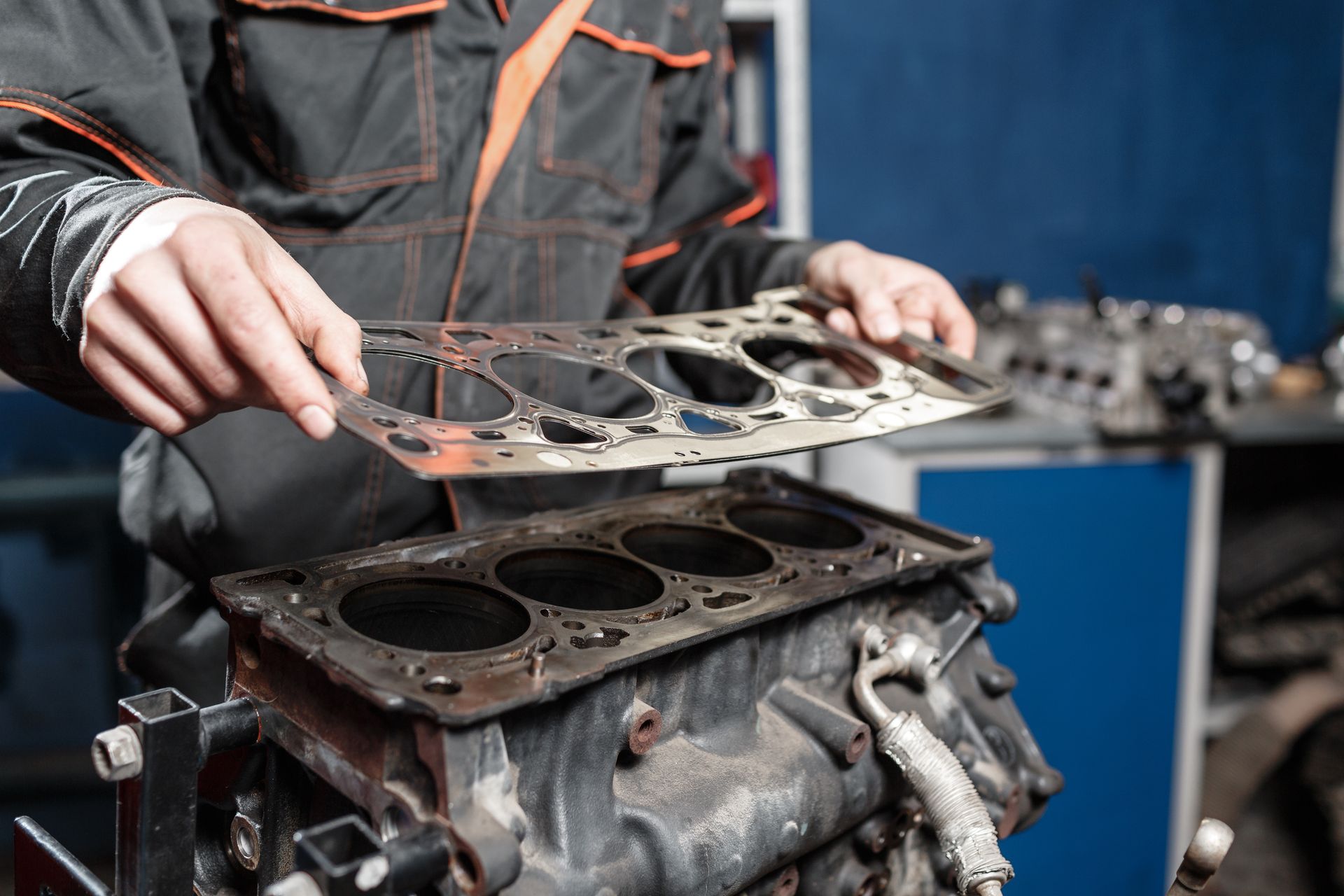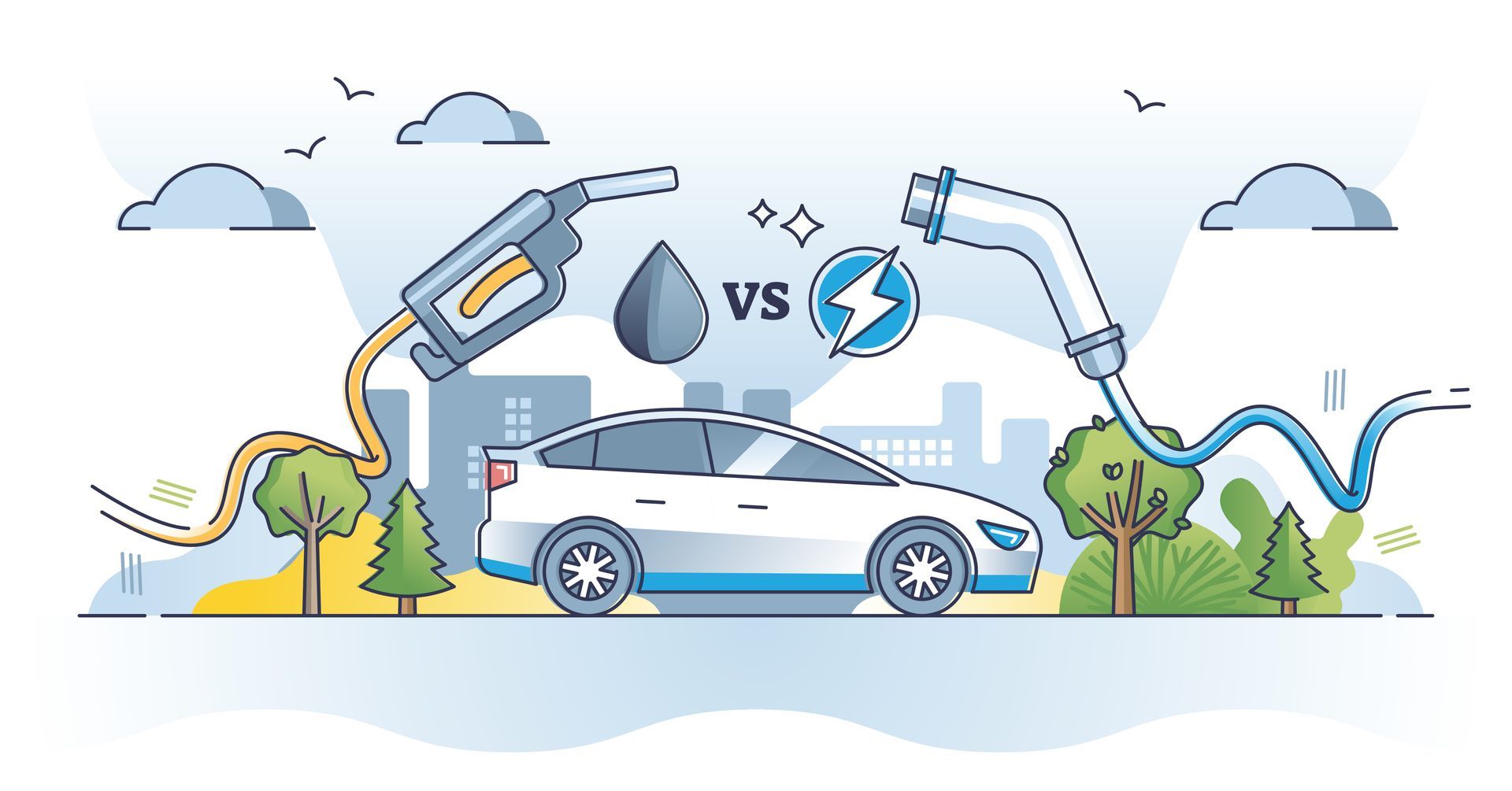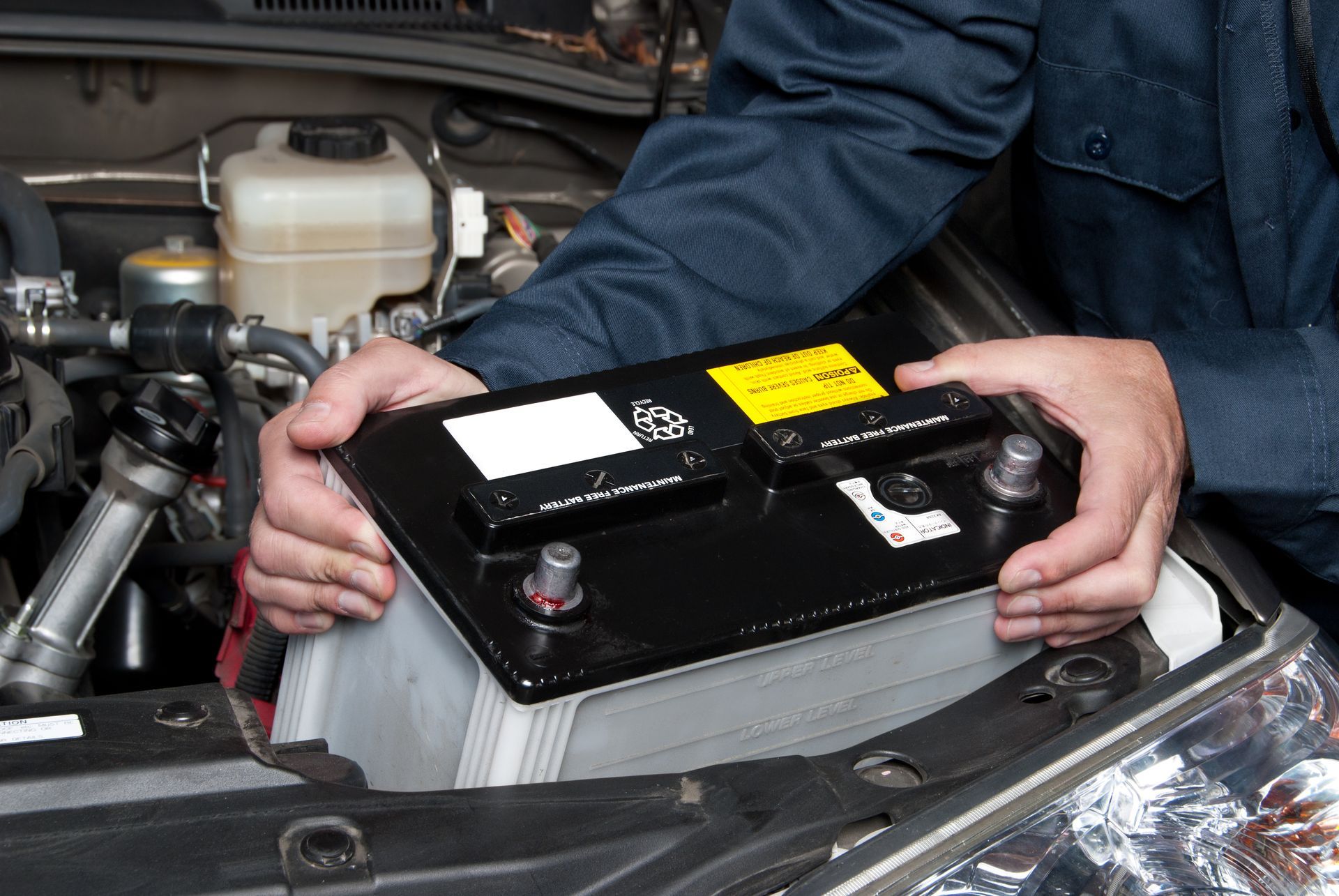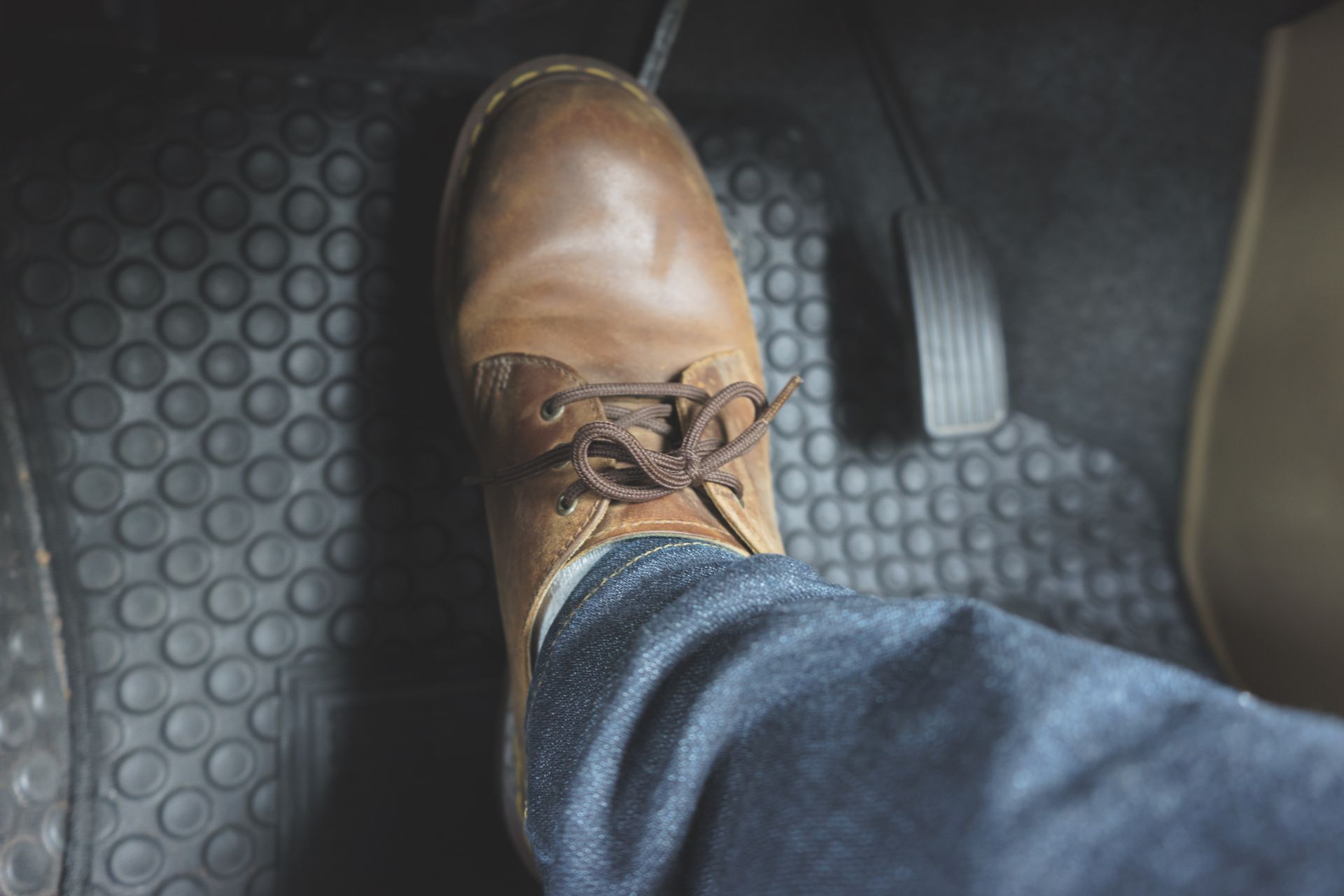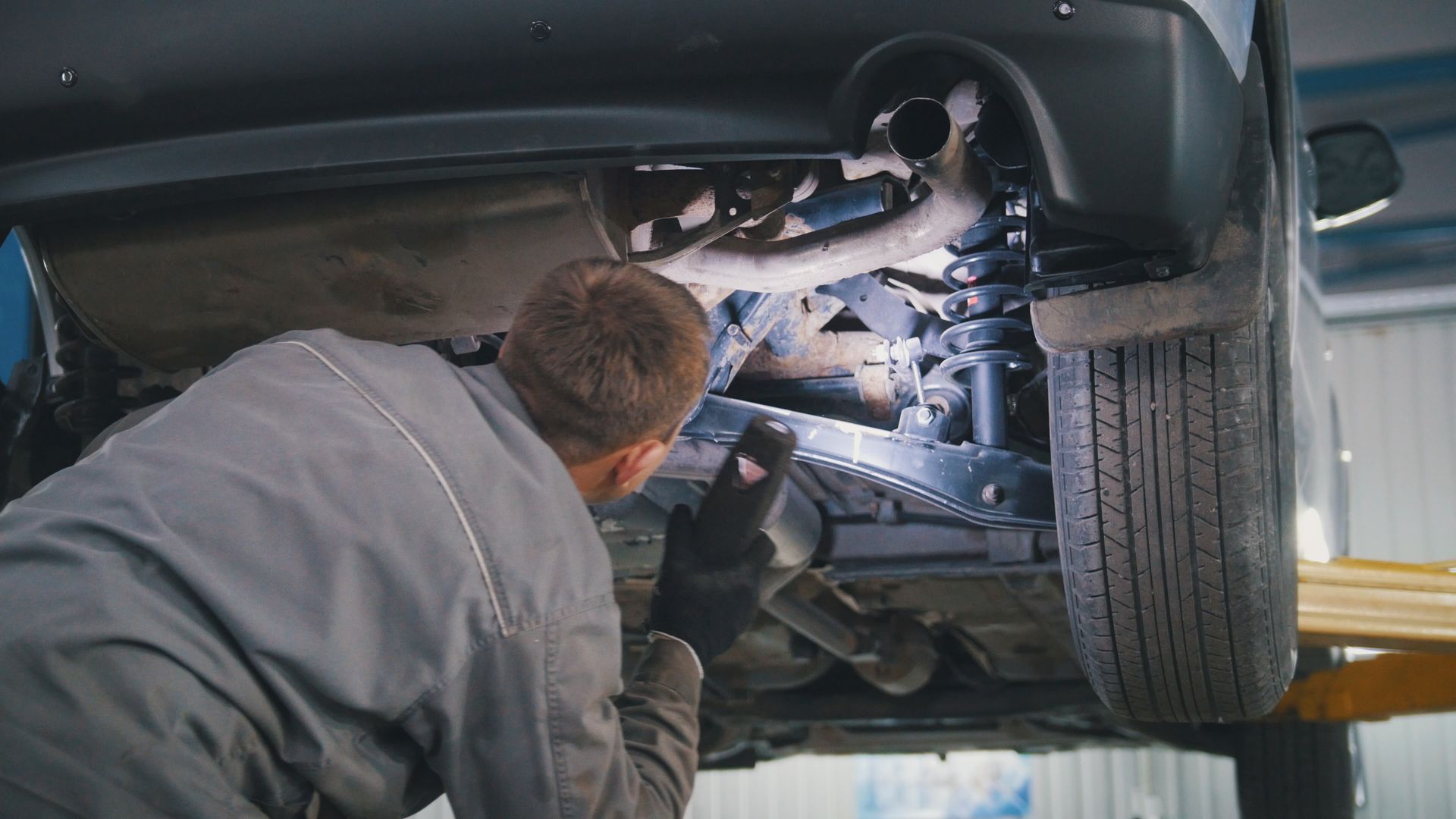If you’re hearing a loud, unusual sound coming from your car while driving, you may be experiencing a malfunction with one of your wheel bearings.
Wheel bearings are safety-critical components in the design of your wheels, so experiencing issues with them is something you should have checked out immediately.
What are wheel bearings?
Wheel bearings are essential components of your vehicle’s braking, steering, and suspension systems. They’re located between the drive axle and the brake disc, and enable the wheels to rotate smoothly with minimal friction.
Additionally, they support the entire vehicle’s weight while it is in operation, which is why they’re
subject to a lot of wear and tear.
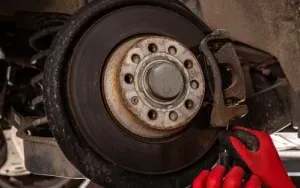
Bad wheel bearings symptoms and when to replace them
- Unusual, loud noises coming from your vehicle
The most easily identifiable and common symptom of bad wheel bearings is audible. The usual sounds you’ll hear from worn-out wheel bearings are squealing and/or growling, humming, and clicking. The sound typically gets more intense as the vehicle increases speed. If you hear a clicking sound that gets more intense in frequency as the vehicle increases, there may be a problem with the wheel hub assembly.
- Wobbly wheel
Wheel wobble is usually checked by putting the vehicle on a lift and manually checking for wheel movement. Normally, it should be impossible to shake the wheel and tire. However, if the wheel does move, the hub assembly requires immediate attention. Your tire and wheel could come off the vehicle at any time, at any speed, if you delay repairs.
- Uneven tire wear
If you experience one tire wearing out faster than your others, it may be a sign that your wheel bearings are worn. It could also be a sign that your tire is inflated improperly (too much air pressure or not enough) or your vehicle needs an alignment.
- Your steering wheel vibrate
Bad wheel bearings can cause the steering wheel to vibrate. The intensity of the wheel shaking may increase as the vehicle increases speed or while turning. The vibration could also be linked to an out-of-round tire, it may indicate a tire that is no longer balanced.
- Pulling to one side
If your vehicle seems to be pulling left or right, this may be due to worn bearings. The direction that your vehicle pulls signals where the wheel bearing is worn, whether it’s on the left or right side of the vehicle. This could also signal brake rotor or brake caliper problems. Wheel bearings are usually engineered to last the life of the car, however, if you hit a pothole, a tall curb, or a speed bump at a brisk speed it could damage the wheel bearings.
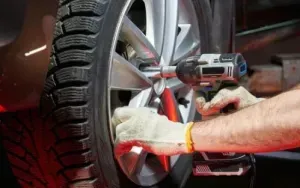
If you think your wheel bearing may be worn, bring it on in to Wrench Junkies, you’re local trusted mechanic! We work on almost every make and model vehicle and offer more services than your average automotive repair shop.

